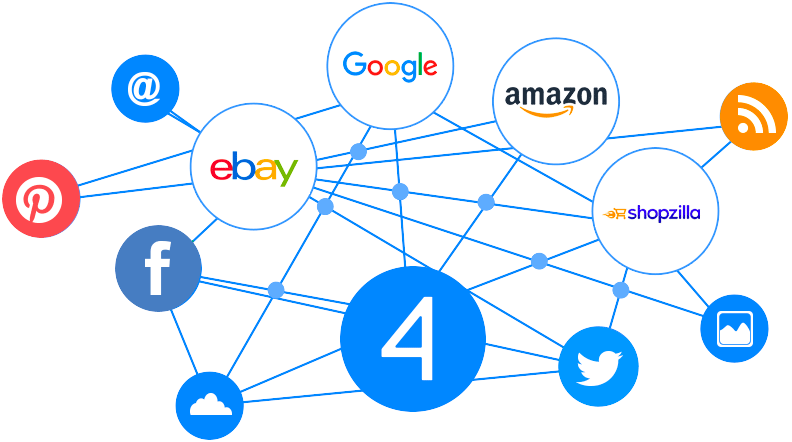
Build an Online Fabric Store that's a Cut above the Rest
So you want to learn how to sell fabrics online, but you're worried setting up your own business will take too much time. Today's DIY ethic should be enough to give you hope that starting an online fabric store isn't quite as tricky as you might imagine. When you set up your own shopping cart software, the entrepreneurial spirit will take over and you'll be selling to a wide audience quite soon.
Perhaps the biggest hurdle to get over is getting started. But don't worry: we're here to help. Becoming a fabric reseller takes some preparation, but it'll be a piece of cake once you get started. Just follow the steps below and you'll have a strong sense of how to sell online in no time!




